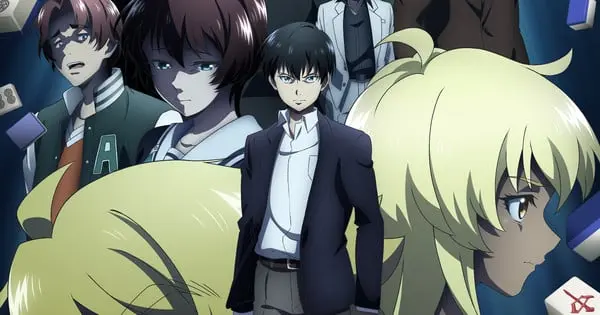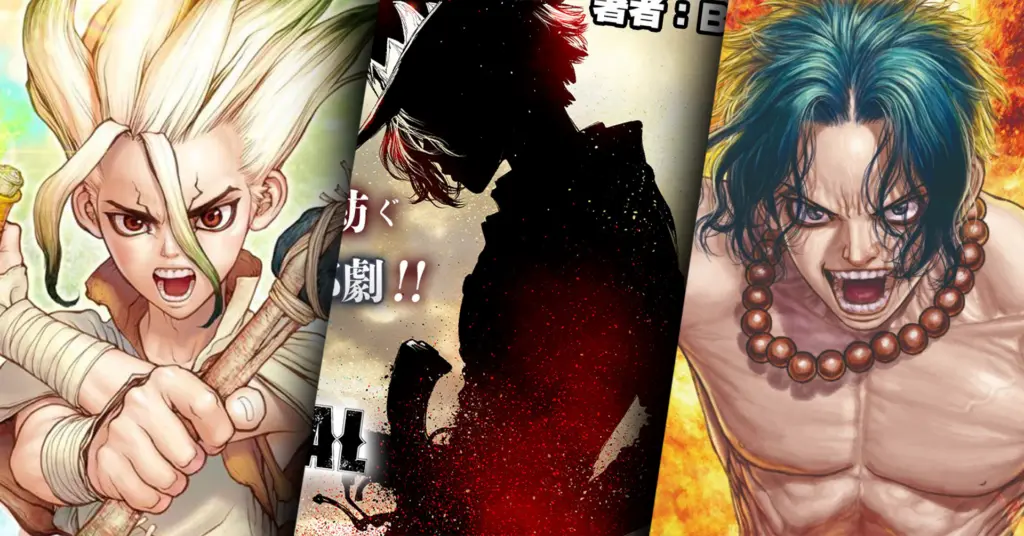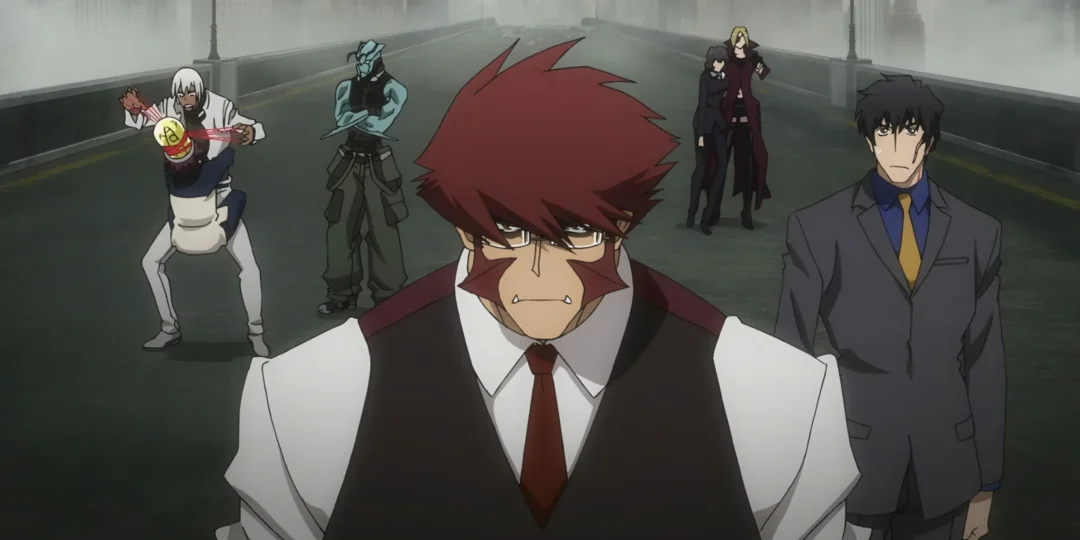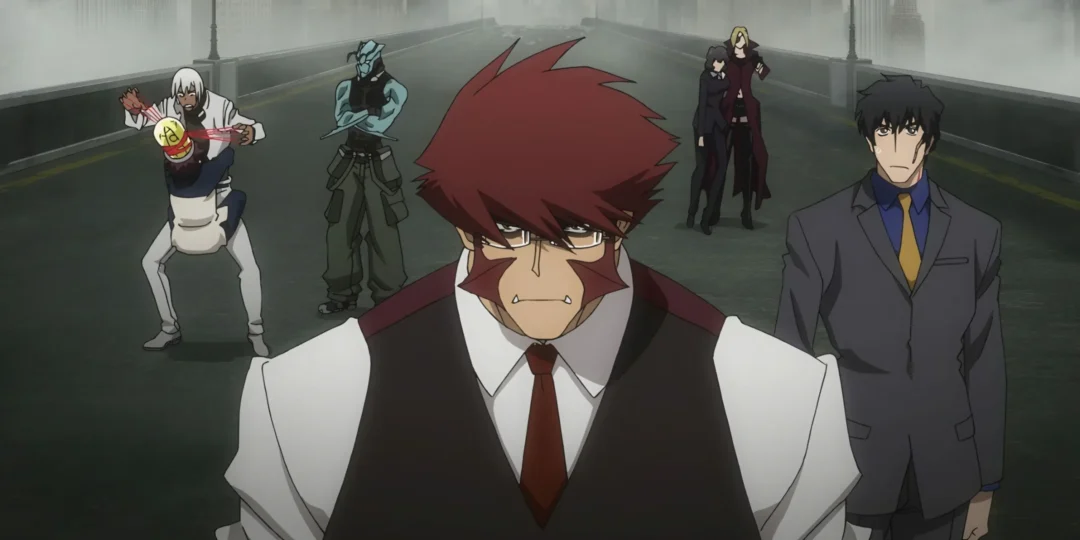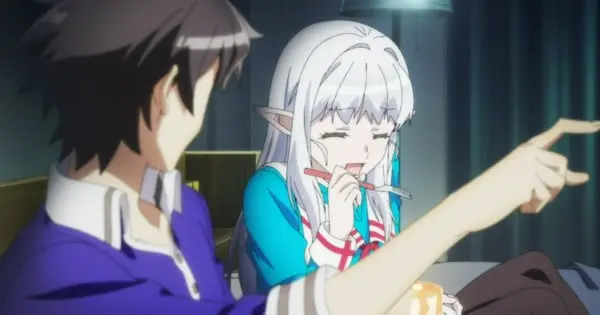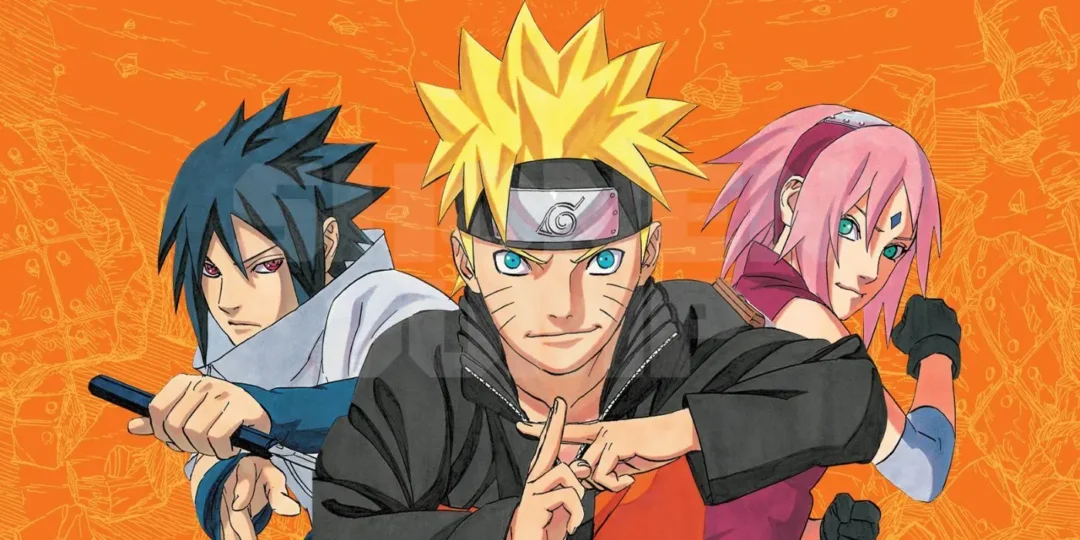The legendary Weekly Shonen Jump magazine, a cornerstone of manga and anime culture, faces an uphill battle in the modern entertainment landscape. While it has a storied past of producing global phenomena, a key shift in its business model suggests that the likelihood of another Naruto-level franchise emerging is increasingly slim. The magazine, once a powerhouse of long-running series, now seems to prioritize quick hits and rapid turnover, leaving little room for the kind of deep world-building and character development that defined its golden age.
The Era of the “Big Three”
Shonen Jump’s history is punctuated by iconic series like Dragon Ball, Slam Dunk, and the trio of One Piece, Naruto, and Bleach, known as the “Big Three.” These titles weren’t just popular; they defined a generation of manga and anime fans. They were characterized by their long-form narratives, intricate world-building, and characters that grew with their readers over years, sometimes even decades. However, the landscape has changed significantly since those days.
Declining Magazine Sales
One of the most telling signs of Shonen Jump’s evolving status is the sharp decline in its physical magazine sales. In its 1990s heyday, the magazine boasted weekly circulations of over 6.5 million copies. Now, it struggles to reach 1.5 million. This decrease is indicative of a broader shift away from physical media towards digital platforms, a trend that has significantly impacted the manga industry. While Shueisha, the publisher of Shonen Jump, still sees steady manga volume sales, the reliance on magazine sales, which were once a major revenue source, has weakened.
The Rise of Digital and Webtoons
The rise of digital platforms has revolutionized how people consume manga. Webtoons, particularly those originating from South Korea, have exploded in popularity. Unlike traditional manga, webtoons are designed to be read on digital devices, typically smartphones, and utilize a vertical scrolling format and often feature color artwork. This format makes them easily accessible and convenient for a modern audience.
Webtoons vs. Manga
Webtoons have a lower barrier to entry for creators, resulting in a massive influx of new series. They’re also typically free to read, attracting a vast online audience. The webtoon market has grown exponentially, challenging the established manga industry. In fact, the market size of Korean webtoons is now worth $3.7 billion, compared to the $1.9 billion of the manga print industry. This change signals a major shift in readership habits and preferences, with many younger readers favoring the digital accessibility and format of webtoons over traditional manga.
Adapting to Digital
Shonen Jump has attempted to adapt to this digital trend by making its titles available online through platforms like Manga Plus, which has amassed 6 million monthly active users. However, the magazine’s core strategy still seems to revolve around its print format, with new series often being quickly canceled if they don’t gain traction in the print magazine. This focus on immediate success and physical sales contrasts with the long-term, character-driven storytelling that made series like Naruto so popular.
The Fast-Paced World of Modern Shonen Jump
Shonen Jump now operates in a high-pressure environment. New series are given very little time, often between 15-50 chapters, to prove their worth. This means that many manga are canceled rapidly if they don’t gain immediate popularity. This “cancel culture” within Shonen Jump makes it difficult for manga to develop into long-running series with detailed world-building and deep character arcs.
The Anime Connection
Given the rapid cancellation of manga series, the best bet for a series to gain popularity within Shonen Jump is a quick anime adaptation. The more visibility a manga gets through anime, the higher its chances of success in the magazine. This has led to a system where manga are often created with the goal of anime adaptation in mind, rather than focusing on developing an engaging story over an extended period. Series such as Dandadan and Sakamoto Days have gained considerable popularity thanks to this model.
The Loss of Long-Form Storytelling
This focus on quick anime adaptations and rapid turnover has, unfortunately, come at the expense of long-term storytelling. The magazine is less likely to nurture a series for 10 years or more in order to allow it to develop naturally. Instead, there is a greater emphasis on creating shorter, more contained stories that are easier to adapt into anime. This new model, while good for some, does not nurture the long-term franchises that made Shonen Jump the giant that it is today.
No Clear Succession Plan
Another challenge Shonen Jump faces is the lack of clear succession plans for its popular series. With several long-running manga like My Hero Academia and Jujutsu Kaisen ending, there is no series immediately poised to fill their shoes. While newer titles have the potential, the magazine’s current model often prevents them from growing into the next big franchises. Moreover, with the end of One Piece, a true mainstay of the magazine, the fear is that Shonen Jump will suffer significantly if no other series rises to the occasion.
Diversification Instead of a New “Big Three”
Instead of trying to find a new “Big Three,” Shonen Jump is now attempting to diversify its offerings and produce a greater number of “smaller hits” that appeal to varied audiences. This includes experimenting with different genres and art styles, moving away from the typical battle shonen formula that defined much of its history. While this diversification may help the magazine adapt to changing tastes, it also means that long-term, deeply engrossing epics like Naruto may be a thing of the past.
Why Another Naruto is Unlikely
The current environment at Shonen Jump makes it highly improbable that the magazine will produce another franchise as big as Naruto. The constant pressure for immediate success, the emphasis on anime adaptations, and the tendency to cancel series quickly all work against the development of long-form narratives.
The Need for Patience
Creating a series like Naruto requires patience and a willingness to invest in a long-term story. The deep world-building, the complex character development, and the intricate plotlines of these long-running series cannot be developed quickly. Shonen Jump’s current business model favors instant gratification, not long-term investment, making another Naruto-like series a distant dream. While shorter stories are good, Shonen Jump needs to focus on the future and the ability to make a franchise out of a series, as was done with Naruto.
A Different Era of Manga
The manga industry has changed drastically since the days of the “Big Three”. The rise of digital platforms, the increasing popularity of webtoons, and the changing consumption habits of readers have all contributed to a more fast-paced, competitive market. Shonen Jump has to change or fall behind as its core business model of a weekly magazine is slowly becoming obsolete. While the magazine is trying to adapt, the industry as a whole is moving away from its classic model of long-running franchises.
Conclusion
In conclusion, while Shonen Jump remains a major force in the manga world, the likelihood of it producing another Naruto-level series is low. The magazine’s current focus on short-term gains, rapid cancellations, and quick anime adaptations prevents the development of long-form narratives. While it’s attempting to adapt by diversifying its titles and exploring digital platforms, the classic days of long-running series that defined Shonen Jump’s identity are likely over. The era of patience, long-term storytelling, and character development has made way for a new kind of manga, one focused on fast-paced stories and quick returns. While this approach might be successful, it is not likely to lead to another franchise that can capture the hearts of millions, in the same way Naruto once did.

